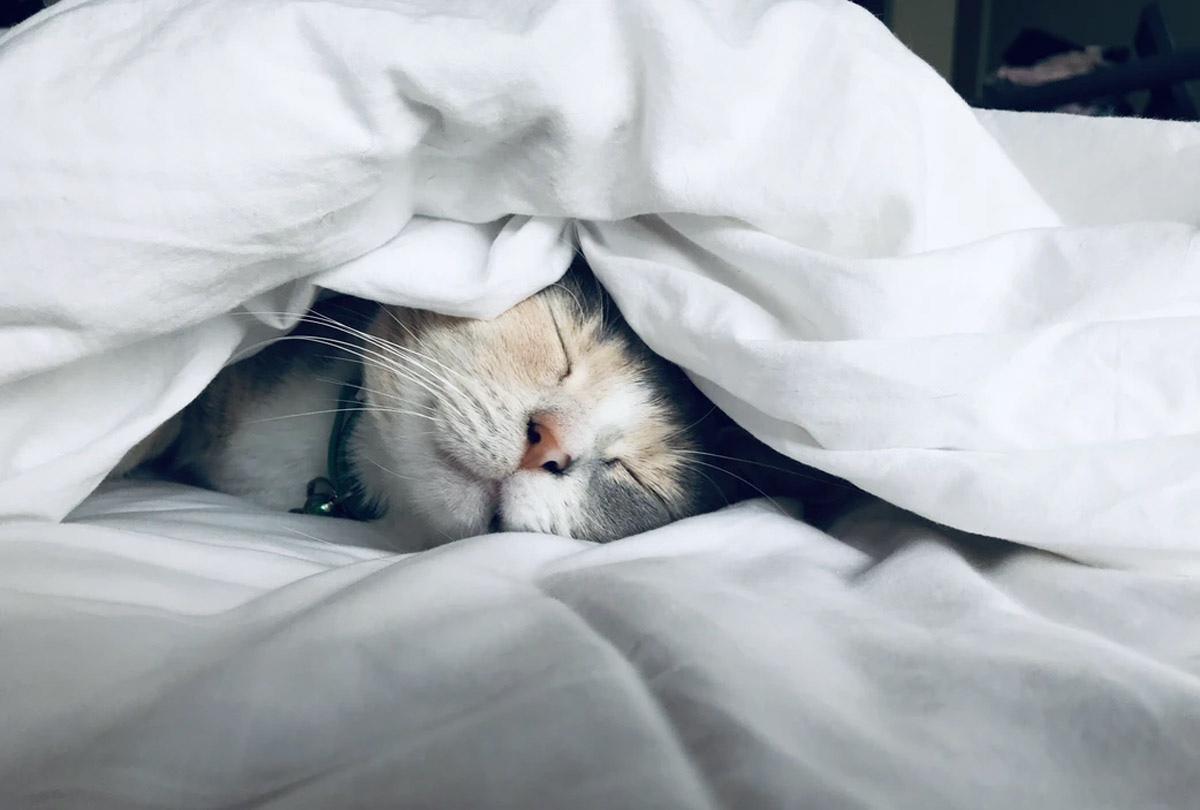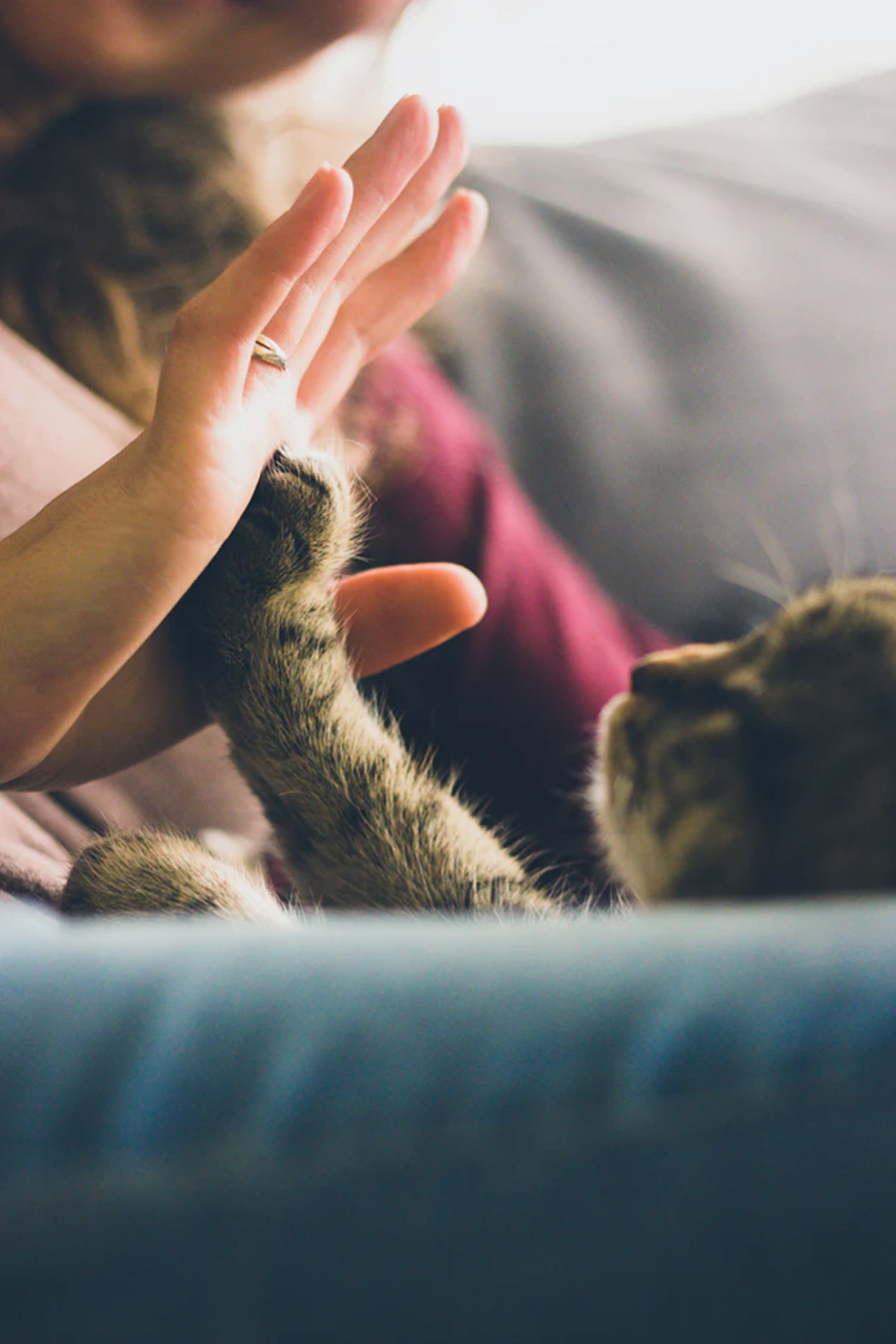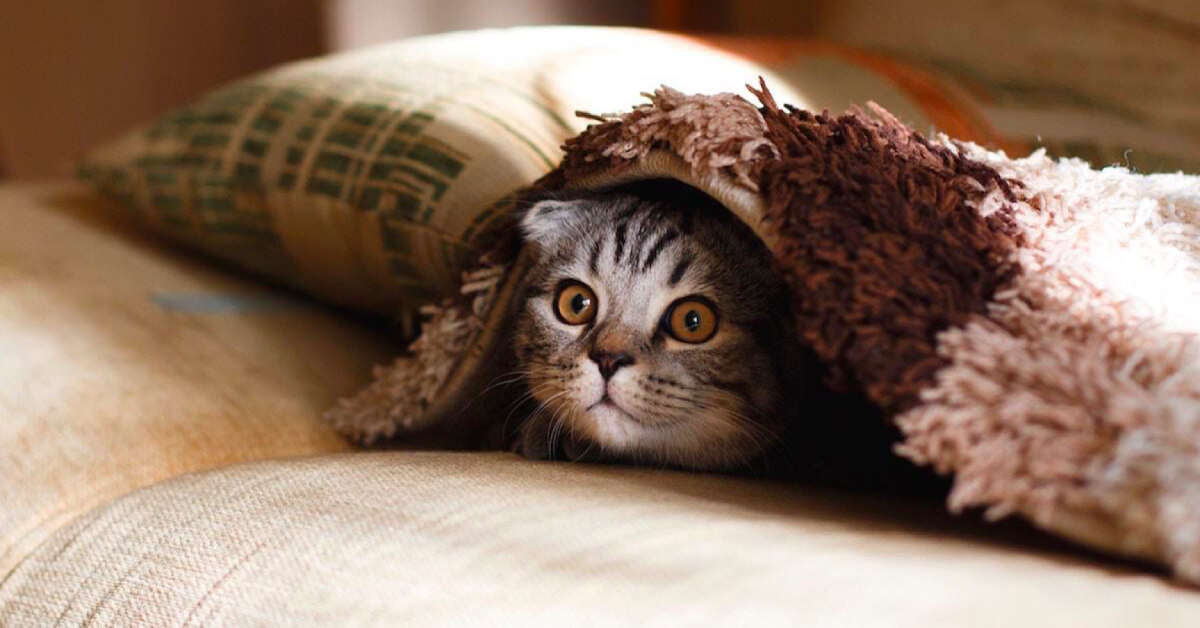Asthma in felines isn’t easily detected because it is usually misinterpreted as your cat coughing up a hairball or choking on a bit of food. However, the fact of the matter is that asthma in cats is a medical condition that progresses without any known cure.
If you’re unaware of how this condition may even occur to your feline or how to manage it at all, this guide is for you.
What is cat asthma?

Source: Kate Stone Matheson on Unsplash
Firstly, cat asthma shares similar characteristics to human asthma. It is an immunity-related condition of the respiratory system that is triggered by allergens which cause trouble in breathing.
When triggered, the cat’s immune system reacts by producing a high volume of histamine within the bloodstream, which is meant to tell its body’s natural defence mechanisms how to react to something it perceives as foreign. However, it promotes bronchoconstriction and the production of mucus, both of which blocks the pathway of air, making it difficult for the cat to breathe normally.
This often leads to respiratory distress, which is what we know as asthma attacks and can become grave in a matter of minutes. While some cats with milder asthma might only experience a slight, chronic cough, asthma can quickly become a life-threatening health problem at any time of your cat’s life, so if your cat is coughing, we recommend bringing it to a nearby vet for a checkup ASAP.
Causes
As mentioned before, whenever a cat inhales different allergens, it can trigger an asthma attack. Allergens typically include house cleaning products and chemicals, smoke from cigarettes or wood fires, pollen, grass, particles from cat litter, dust, mould, and even some foods.
Signs and symptoms

Siamese cats have a higher genetic disposition for asthma
Source: Alex Meier on Unsplash
Feline asthma usually develops when a cat is between two and eight years old, with a slightly higher prevalence in female cats. Certain breeds such as the Siamese and Himalayan cats also have a higher risk of developing asthma.
Here are some symptoms to look out for if you suspect that your cat has asthma:
- Wheezing — Your cat might make a whistling or wheezing noise while breathing
- Unstable breathing
- Lips and gums turning blue
- Body posture — When a cat is having a full-on asthma attack, its body will start to hunch towards the ground and its head and neck will be elongated in a bid to open up the airway. This will be accompanied by a lot of coughing, sneezing, and in some extreme cases, vomiting a foamy substance
Treatment

Source: Jonas Vincent on Unsplash
The best way to confirm whether your cat is suffering from asthma or not is to let one of the vets in Singapore conduct a blood test and do a chest X-ray. These tests will detect whether the airway is inflamed and how severe the medical condition is.
In severe cases, asthma attacks can be an indication of over-inflated lungs. A procedure called Bronchoalveolar Lavage (BAL) can help to clear fluid from a cat’s lungs by inserting a tube into their trachea during an operation.
Though there currently isn’t any discovered treatment for asthma, the vet can recommend a variety of manageable strategies that you can apply to help your furry friend live a more comfortable life. This includes giving them steroids that can reduce inflammation and other medications that help to control asthma attacks.
In any case, while medication and an inhaler are important, so is keeping your feline fit. The next time you pass by a pet shop, consider heading in and grabbing a couple of toys to keep your kitty active and moving! Just take note not to overdo the physical activities and cause your furry friend to be out of breath.
Catching asthma attacks
Keeping triggering allergens away and always staying calm can help to prevent an asthma attack. But just remember — behavioural changes are just as important to keep in mind so that you can come to the rescue of your feline anytime!
Featured image credits: Mikhail Vasilyev on Unsplash











